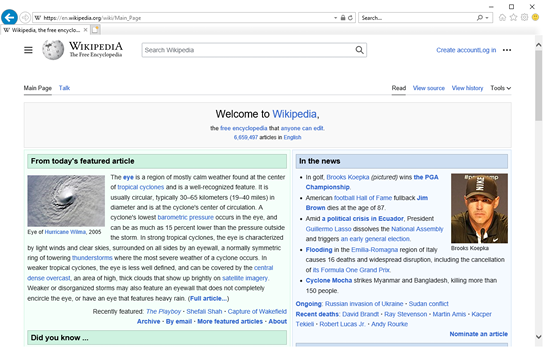

- TESTING ENVIRONMENT FOR INTERNET EXPLORER ON MAC FULL
- TESTING ENVIRONMENT FOR INTERNET EXPLORER ON MAC CODE
- TESTING ENVIRONMENT FOR INTERNET EXPLORER ON MAC MAC
Set SUTName to the name of connectioninfo ()
TESTING ENVIRONMENT FOR INTERNET EXPLORER ON MAC CODE
In the code examples below, the initial suites are set to the correct image suite, too.
TESTING ENVIRONMENT FOR INTERNET EXPLORER ON MAC MAC
This means that we can use the same code for Windows and Mac from the perspective of creating the test. You should separate Windows and Mac specific code into separate suites. For example, the way you open the browser. Most code can be used across operating systems, but there are slight differences in the ways that things work between Windows and Mac. See Using the ScreenPart Function Handler for examples.
TESTING ENVIRONMENT FOR INTERNET EXPLORER ON MAC FULL
You can also create a reusable custom function handler that you can use to set the searchRectangle to a portion of the full screen. To maximize the reliability and increase the speed of execution of OCR, set the search rectangle around the area where you know the text is going to be. The OCR engine in Eggplant Functional Functional works independent of resolution, text size, and color, so if any of these three things differs across your browsers, then you won’t need to recapture any images. One of the first things to do is start by using OCR. In cases where you need to interact with text, you should use optical character recognition (OCR), as it is not affected by text being rendered differently across different browsers. This is proven to handle the small variations between platforms robustly. You should set your default search type to Smooth in the Viewer Preferences as shown below:

Images that don’t contain any text only need to be captured once and work across most major web browsers.



 0 kommentar(er)
0 kommentar(er)
